Not all that long ago, a luxury electric car wasn't something one could merrily go out and buy. They simply didn't exist.
This was changed with the arrival of the Tesla Model S in 2012, and in the years since the American saloon first demonstrated what was possible if you injected a combination of pace, comfort and elegance into the EV equation, numerous premium-branded luxury EVs have joined the fray.
They now come from the more familiar, European manufacturers including Audi, BMW and Mercedes-Benz. Indeed, today the luxury EV class is well furnished with options.
Some cars strive to maximise refinement and opulence. Some place performance on a pedestal, while others throw a good dose of utility into the mix with SUV bodyshells.
Competition is fierce and standards ever-increasing – as well they might, given that none of the fine cars listed below are what you'd call inexpensive.
So, if you're looking for some of the world's longest-legged and most usable electric cars, this chart is where you'll find them.
This is where Teslas battle Mercedes EQs, BMW i cars, Audi E-trons and even new-groove Porsches.
If you've got a bigger budget to spend on an electrically powered family car to use and rely on for any kind of trip, these are your main contenders - some with claimed ranges of up to 400 miles and beyond.
It's a measure of the increasing preeminence of EVs that the first version of BMW's all-new 7 Series flagship to hit showrooms was the electric i7.
Yet perhaps even more significantly for the brand, the seventh-generation version of its range-topping saloon is the first to properly hit the luxury car bullseye and prove a real alternative to the otherwise dominant Mercedes-Benz S-Class.
One things for certain with this 7 Series: onlookers aren't going to miss your arrival. This isn't an elegant or even a particularly aesthetically appealing car, but there's no doubt the monumentally proportioned i7 attracts attention.
Bluff-fronted and slab-sided, it visually dominates any slab of Tarmac its sits on, and if you're a plutocrat wanting to flaunt your success, this imposing presence will only be a positive.
It's even more impressive inside, and happily that's thanks to the beautifully crafted finish and jaw-dropping tech, rather than any gaudy brashness in the design. Rich materials are used throughout, while the slick screens sitting on top of the dash can be accessed using an iDrive rotary controller.
For rear seat passengers, there's the option of an incredible drop-down 31.3in screen, which in combination with the Bowers & Wilkins sound system delivers a drive-on rather than drive-thru cinema experience.
Like previous 7 Series models, the i7 is pretty good to drive. At nearly 2800kg, it's no lightweight, and there are smaller cross-channel ferries. But thanks to four-wheel steering and four-wheel drive, the big BMW feels surprisingly biddable, with accurate steering, precise handling and strong grip.
What's new is the big saloon's ability to waft and cosset with the best of them, thanks to the engineers' clear decision to focus as much energy into delivering the ultimate soothing machine as much as the ultimate driving machine.
In this regard, it's helped by a dual-motor set-up that provides 536bhp for ample performance, while a 102kWh battery promises 367 miles between plug sockets, at which point you can charge at up to 195kW for 106 miles of range in just 10 minutes.
Read our BMW i7 review

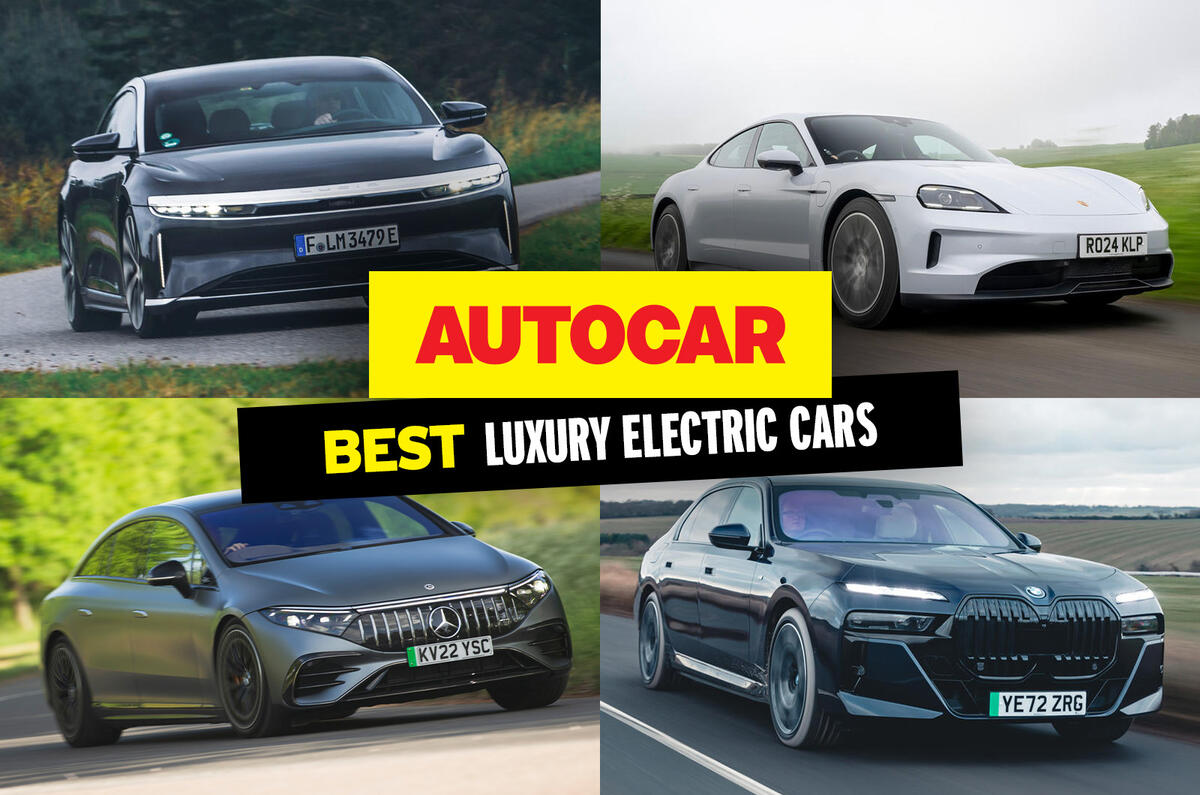
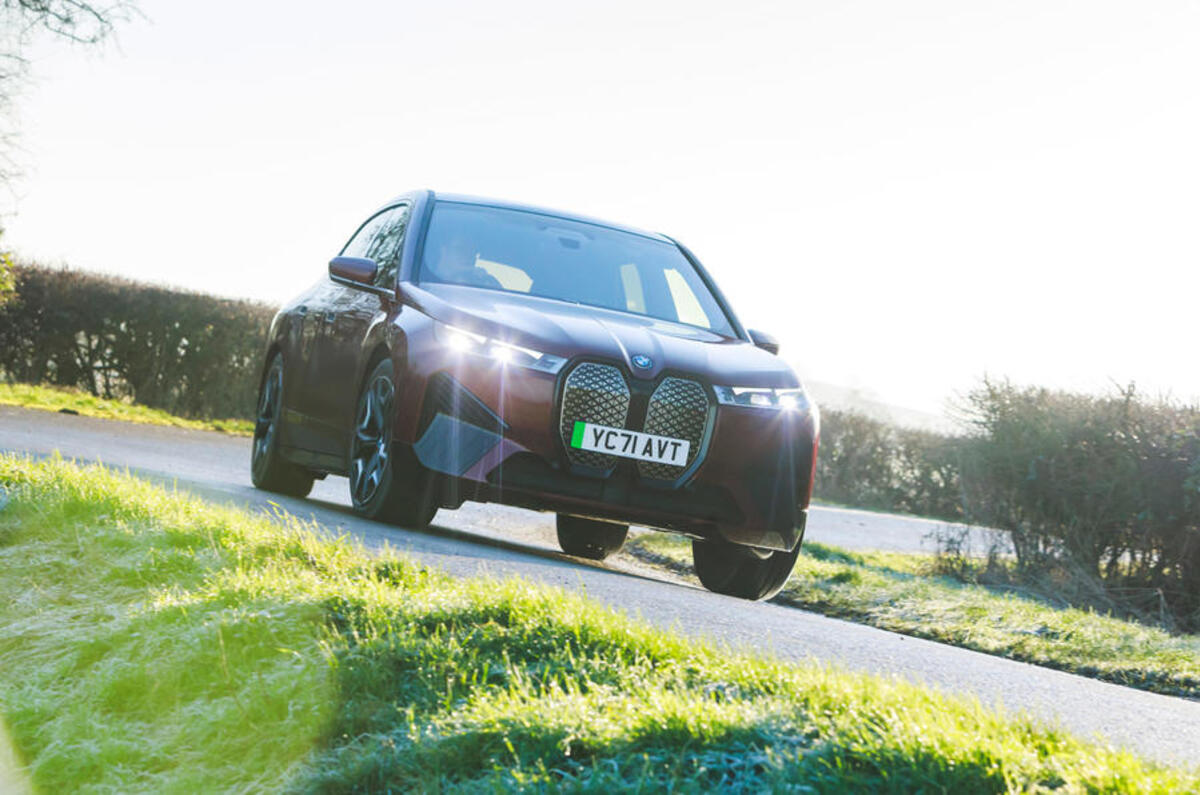
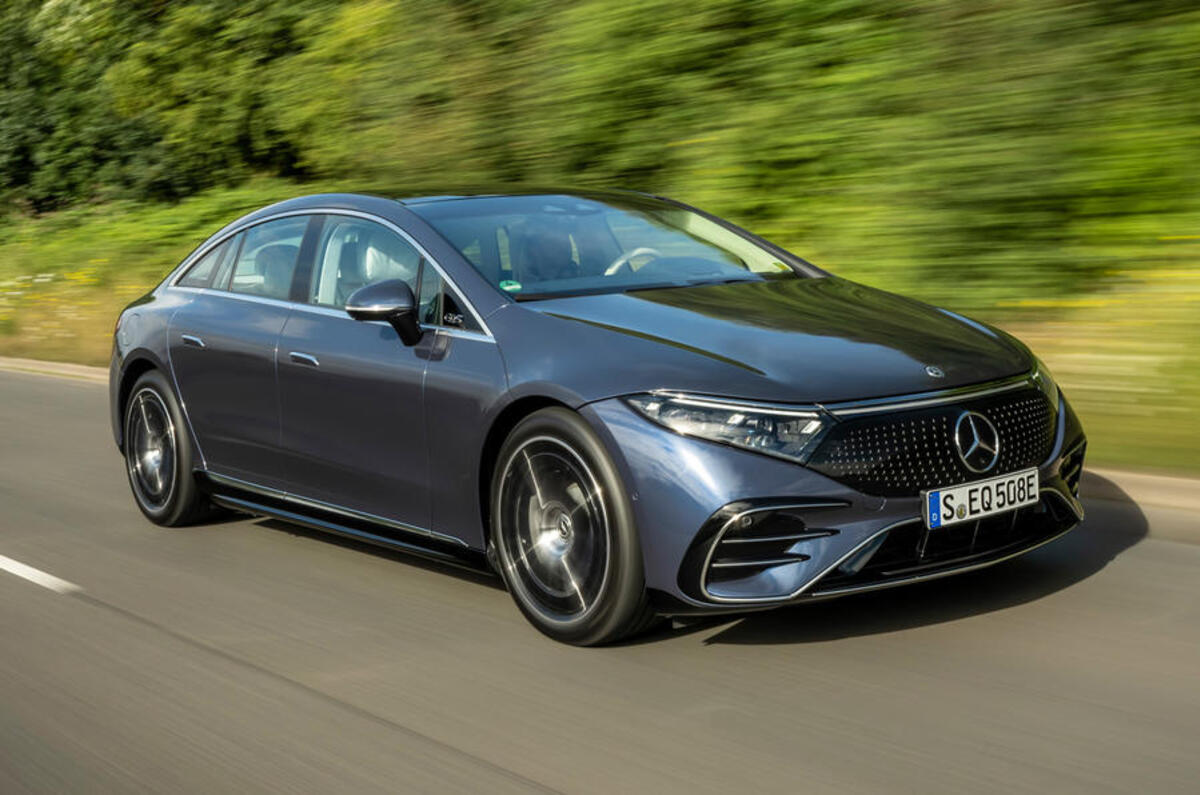
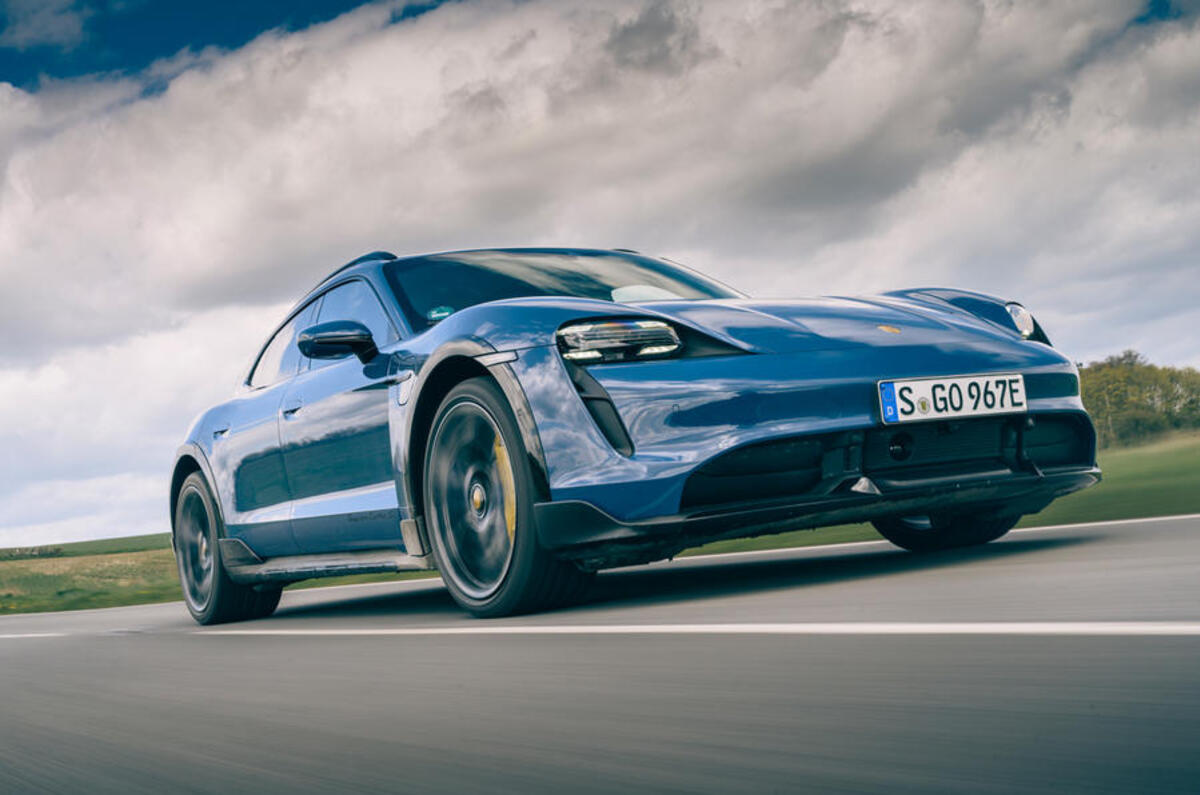
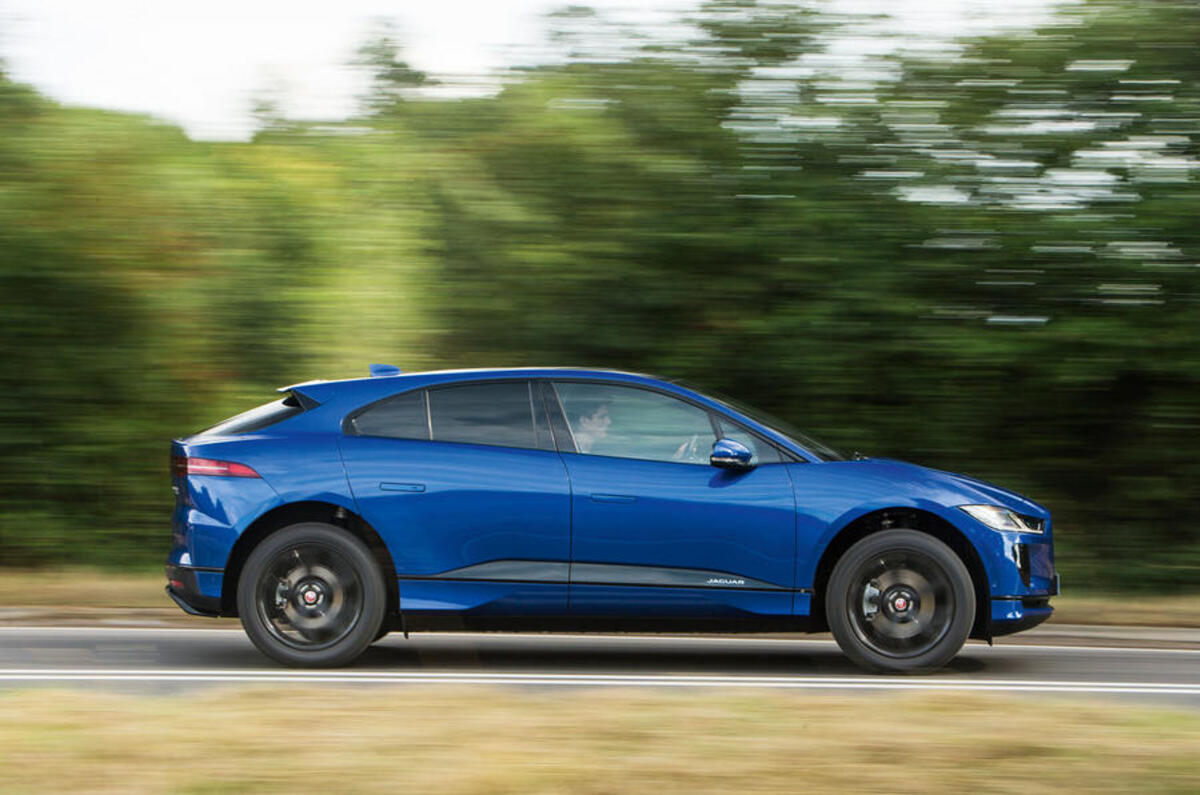
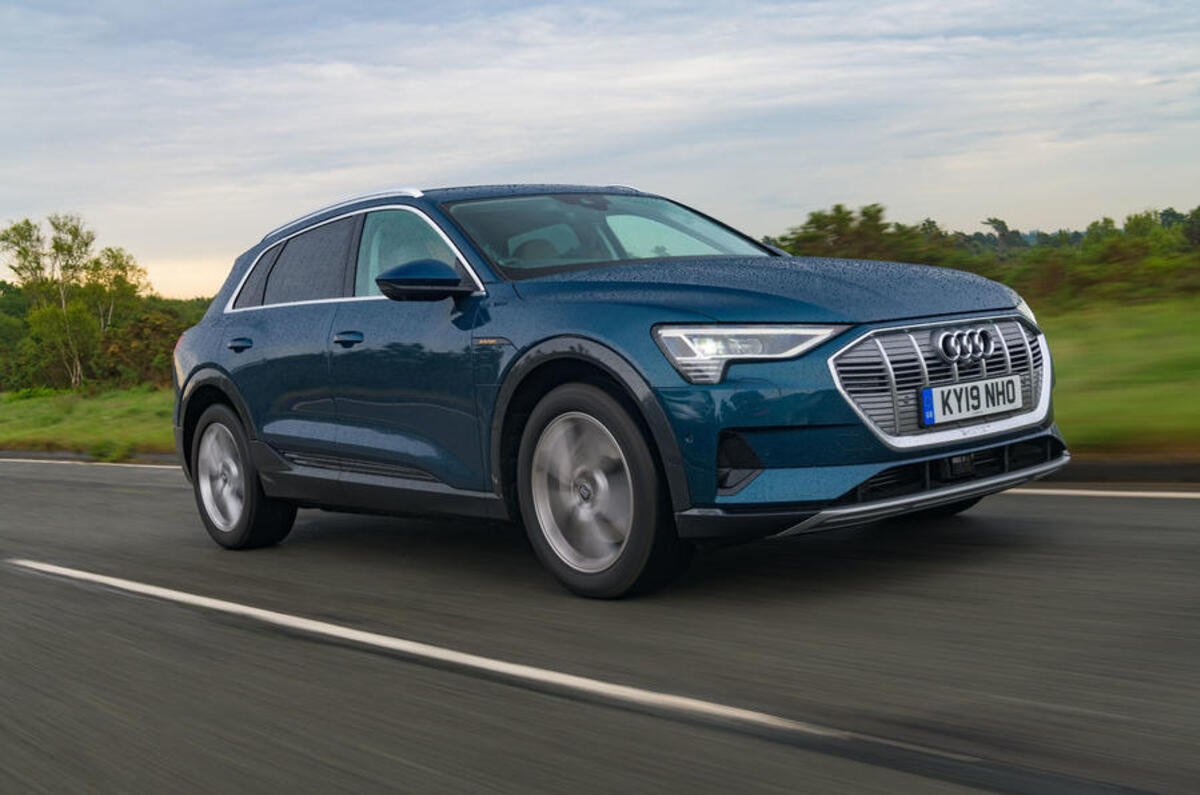
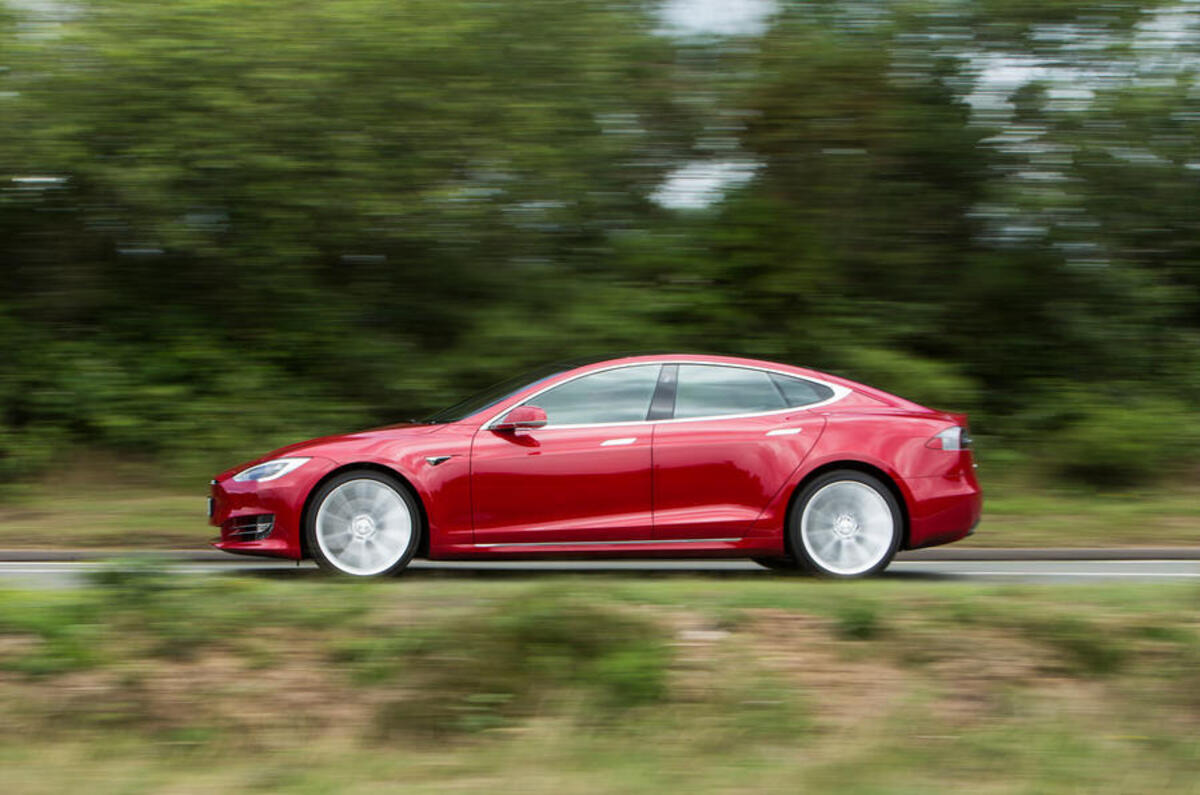
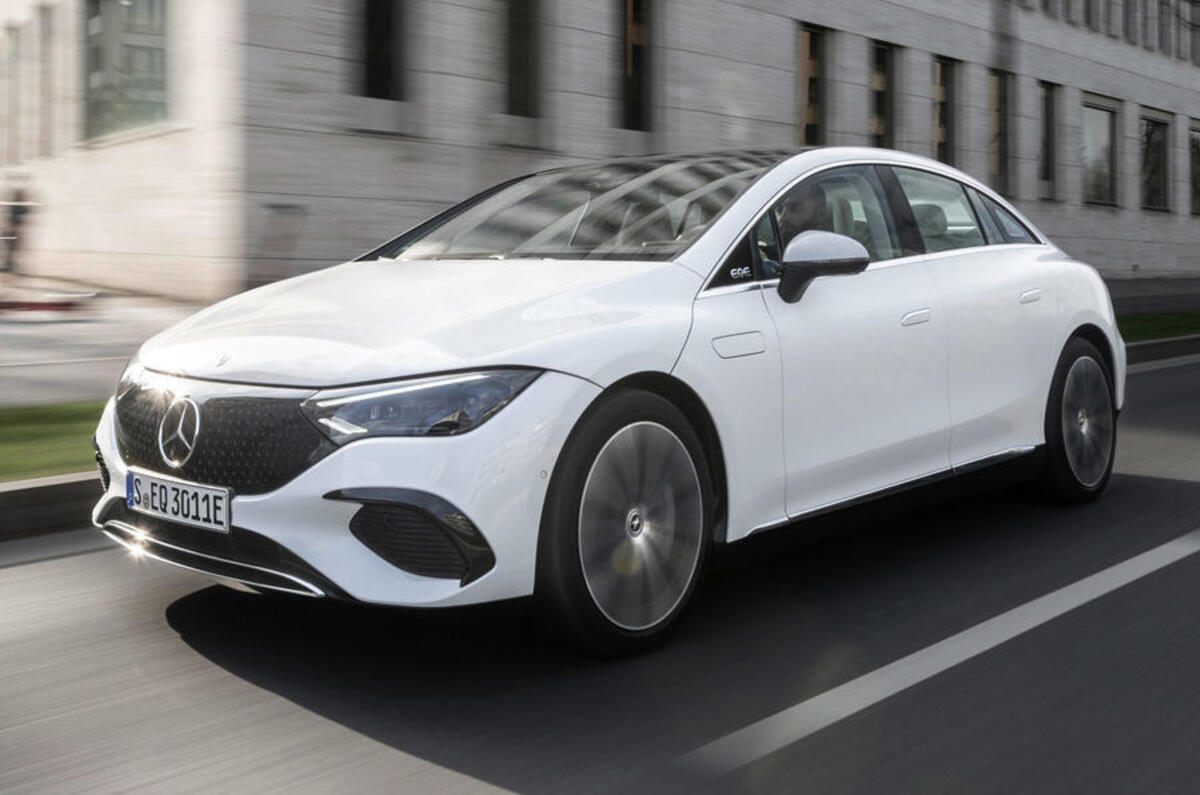
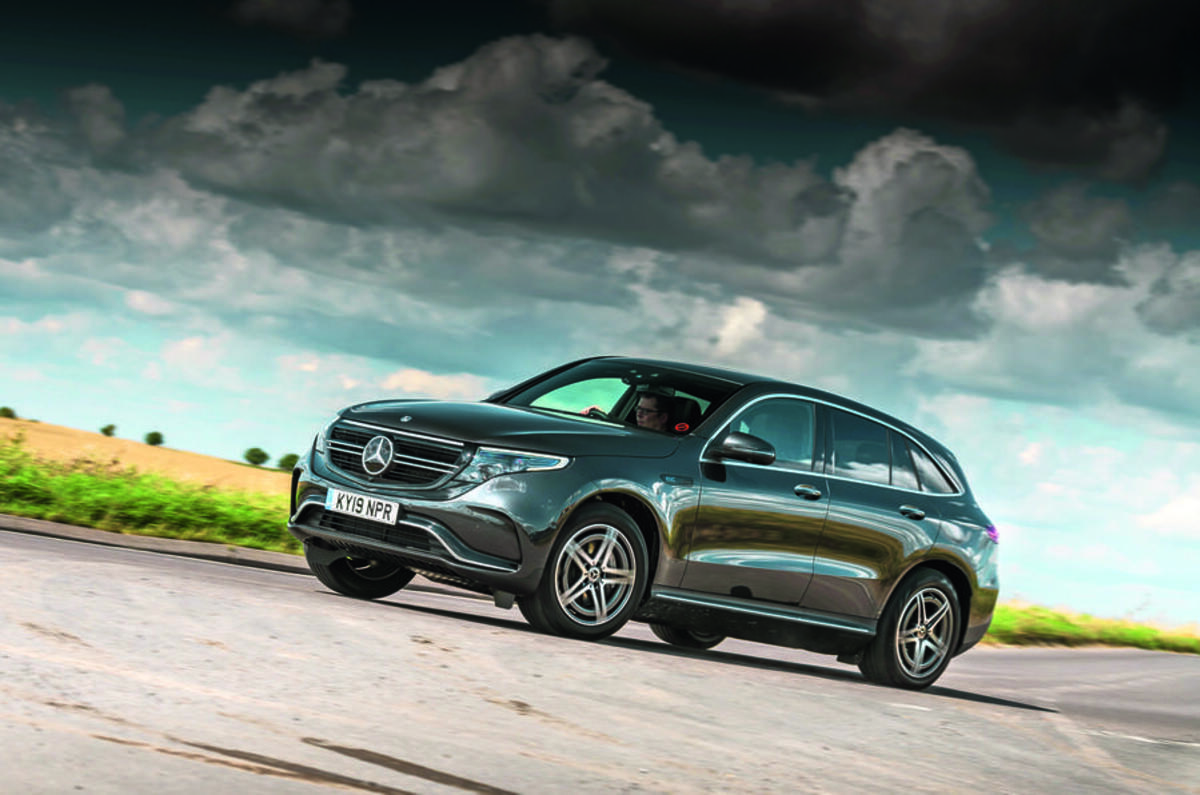
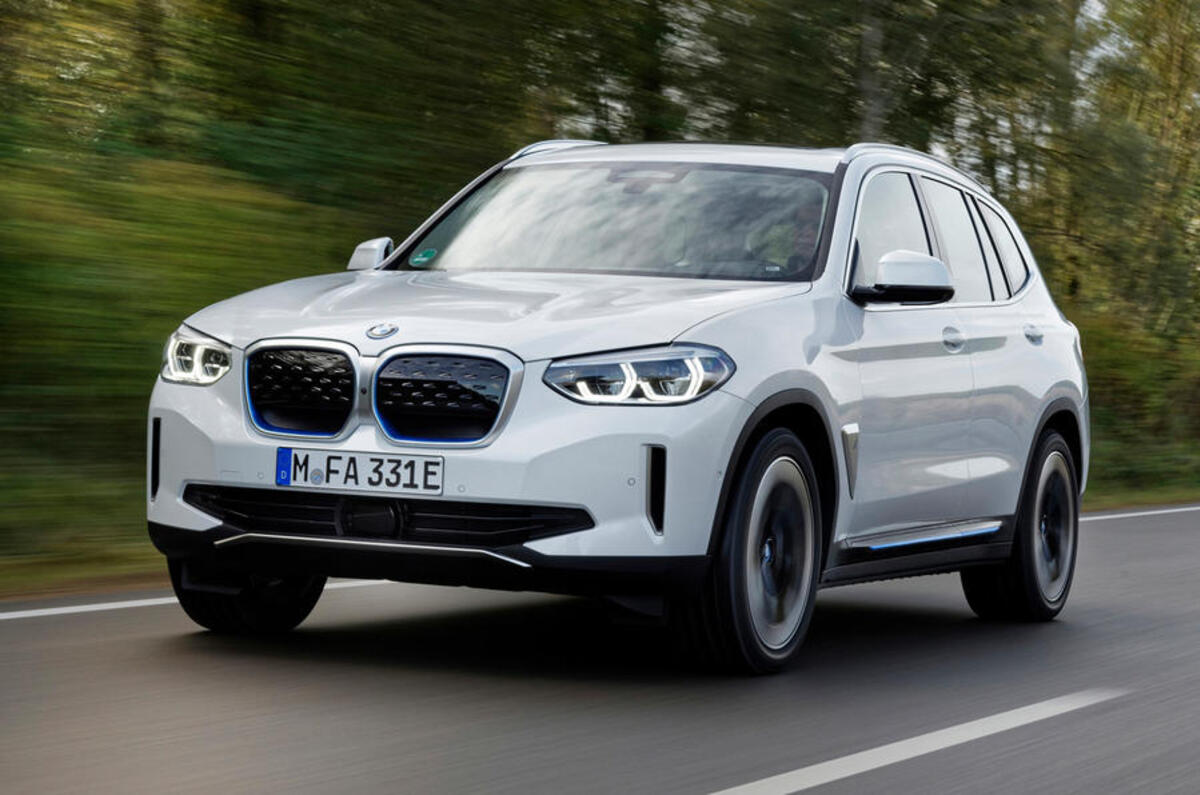
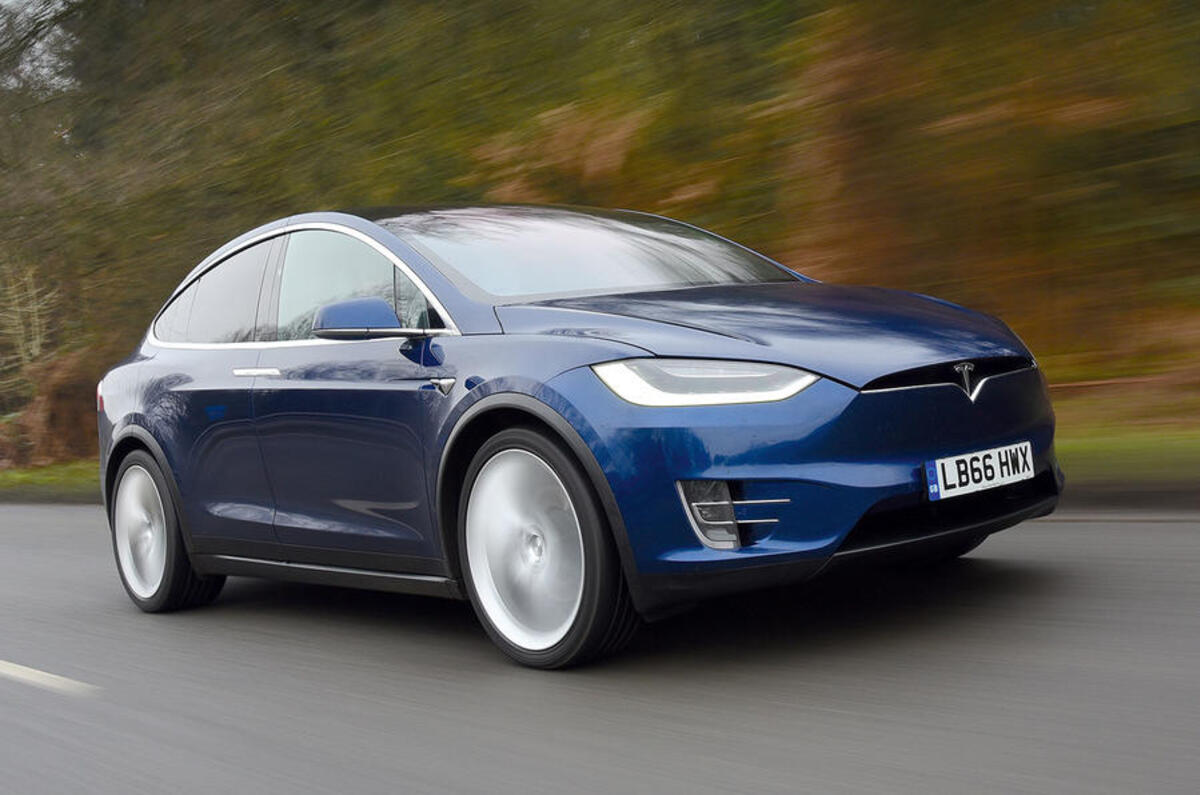
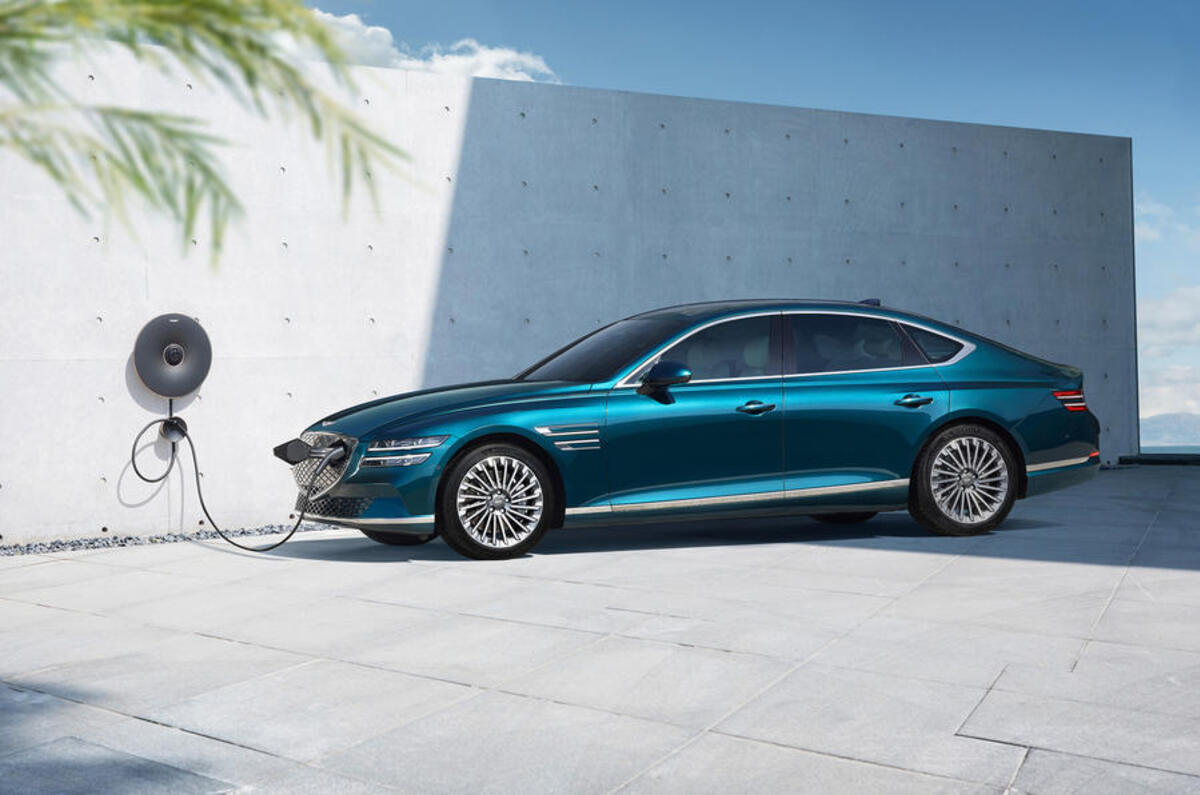

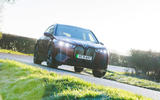
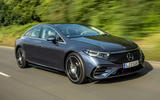
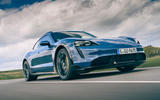
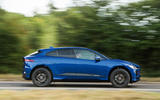

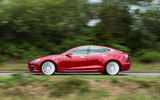
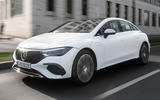
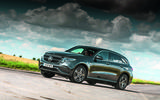

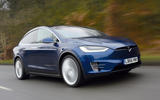








Join the debate
Add your comment
想入手輕巧穩定的霧化設備,不妨先認識悅刻電子菸的生態與差異。它以封閉式卡匣、友善的吸阻與穩定口感著稱,對想從傳統煙轉換的人而言,學習門檻低、維護簡單;同時在品質管理、口味矩陣與售後支持上也形成完整體驗。
若聚焦於 relx 5代,此代主機在霧化穩定與防漏結構上明顯升級,採用Type‑C快充與更細膩的氣道調教,啟動靈敏、冷凝回收更完善;配合新代芯艙,霧量綿密、回甜清爽,日常通勤與長時使用都更省心。
定位上,悅刻五代屬於均衡旗艦:金屬機身握感更沉穩,多色可選,吸氣監測與震動提醒讓節奏更可控;搭配幻影系列卡匣,口味覆蓋清爽水果到經典煙草。注意僅供成年使用,並請依所在地法規合規購買。
談到電子菸線上購買,建議選擇標示清楚的授權商家:查看防偽驗證、保固政策、完整發票與年齡驗證流程;了解運送是否支持鋰電池規範與離島配送,並留意口味保存期限與退換貨條款,確保安心到手。
熱門款如【Relx 5代電子菸主機】鳶尾燕 大量現貨 悅刻5代幻影霧化器單桿 電量顯示,屬於簡裝單桿組合,適合已有卡匣的用戶升級主機;電量指示清晰,臨出門也能一眼掌握續航,不再焦慮。
就電子菸 relx 的整體口碑而言,其霧化艙密封結構與穩定導油是維持風味一致性的關鍵;若追求清潔體驗,記得定期擦拭接點、避免高溫曝曬與劇烈搖晃,可有效減少冷凝與滲漏。
最後,想更深入比較口味系列、線上通路差異與新品亮點,推薦延伸閱讀:RELX選購與Creator新品解析。從入門到升級路線、創作者聯名與限定色盤,一篇掌握實用重點,幫你快速做出聰明選擇。
relx 電子菸relx悅刻悅刻電子菸電子菸 relx電子菸線上購買悅客電子菸relex悅克relx電子煙瑞克電子菸relx 電子菸relx悅刻悅刻電子菸電子菸 relx電子菸線上購買悅客電子菸relex悅克relx電子煙瑞克電子菸relx 電子菸relx悅刻悅刻電子菸電子菸 relx電子菸線上購買悅客電子菸relex悅克relx電子煙瑞克電子菸relx 電子菸relx悅刻悅刻電子菸電子菸 relx電子菸線上購買悅客電子菸relex悅克relx電子煙瑞克電子菸relx 電子菸relx悅刻悅刻電子菸電子菸 relx電子菸線上購買悅客電子菸relex悅克relx電子煙瑞克電子菸悅刻主機relx 主機relx 電子菸台灣電子菸主機電子霧化器電子菸價錢悅刻煙彈relx 煙彈口味relx 煙彈relx 煙彈口味推薦悅刻煙彈口味煙彈 relxrelx 煙彈台灣電子菸口味菸彈電子菸銳克煙彈煙彈菸彈煙蛋煙蛋電子菸價格煙彈口味悅刻五代relx 6代悅刻六代relx 5代主機悅刻五代主機relx 6代主機悅刻六代主機relx 5代煙彈悅刻五代煙彈relx 6代煙彈悅刻六代煙彈煙彈悅刻煙彈菸彈relx煙彈口味relx煙彈煙彈煙彈 relx電子菸菸彈relexrelx 電子菸口味悅克電子菸 relxrelx 電子菸價格relx 電子菸台灣電子菸主機悅客電子菸煙彈悅刻煙彈菸彈relx煙彈口味relx煙彈煙彈煙彈 relx電子菸菸彈relexrelx 電子菸口味悅克電子菸 relxrelx 電子菸價格relx 電子菸台灣電子菸主機悅客電子菸煙彈悅刻煙彈菸彈relx煙彈口味relx煙彈煙彈煙彈 relx電子菸菸彈relexrelx 電子菸口味悅克電子菸 relxrelx 電子菸價格relx 電子菸台灣電子菸主機悅客電子菸煙彈悅刻煙彈菸彈relx煙彈口味relx煙彈煙彈煙彈 relx電子菸菸彈relexrelx 電子菸口味悅克電子菸 relxrelx 電子菸價格relx 電子菸台灣電子菸主機悅客電子菸煙彈悅刻煙彈菸彈relx煙彈口味relx煙彈煙彈煙彈 relx電子菸菸彈relexrelx 電子菸口味悅克電子菸 relxrelx 電子菸價格relx 電子菸台灣電子菸主機悅客電子菸nike air max 97nike ambushnike dunk low灰白nike p 6000nike shoesnike twnike 休閒 鞋nike 員 購 店nike 涼鞋nike 白 鞋sacai x nike vaporwaffleyeezy 700愛 迪 達 鞋子 2019 新款椰子 鞋nike air max 90nike air zoomnike courtnike court borough low 2nike pegasusnike tc7900nike vomeronike 氣墊 鞋nike 籃球耐 吉 鞋yeezy 500adidas 4dadidas boostambush nikenike 97nike air force 女nike air max 270nike blazernike forcenike reactnike store悅刻電子菸六代煙彈全面解析http://www.rkvvr.xyz/http://www.kwimaq.xyz/http://www.xuuruh.xyz/http://www.gwxzp.xyz/http://www.sijwzr.xyz/http://www.arnkcq.xyz/http://www.uktwh.xyz/http://www.jtjpk.xyz/http://www.ilvbkc.xyz/http://www.bjwnjc.xyz/
想入手輕巧穩定的霧化設備,不妨先認識悅刻電子菸的生態與差異。它以封閉式卡匣、友善的吸阻與穩定口感著稱,對想從傳統煙轉換的人而言,學習門檻低、維護簡單;同時在品質管理、口味矩陣與售後支持上也形成完整體驗。
若聚焦於 relx 5代,此代主機在霧化穩定與防漏結構上明顯升級,採用Type‑C快充與更細膩的氣道調教,啟動靈敏、冷凝回收更完善;配合新代芯艙,霧量綿密、回甜清爽,日常通勤與長時使用都更省心。
定位上,悅刻五代屬於均衡旗艦:金屬機身握感更沉穩,多色可選,吸氣監測與震動提醒讓節奏更可控;搭配幻影系列卡匣,口味覆蓋清爽水果到經典煙草。注意僅供成年使用,並請依所在地法規合規購買。
談到電子菸線上購買,建議選擇標示清楚的授權商家:查看防偽驗證、保固政策、完整發票與年齡驗證流程;了解運送是否支持鋰電池規範與離島配送,並留意口味保存期限與退換貨條款,確保安心到手。
熱門款如【Relx 5代電子菸主機】鳶尾燕 大量現貨 悅刻5代幻影霧化器單桿 電量顯示,屬於簡裝單桿組合,適合已有卡匣的用戶升級主機;電量指示清晰,臨出門也能一眼掌握續航,不再焦慮。
就電子菸 relx 的整體口碑而言,其霧化艙密封結構與穩定導油是維持風味一致性的關鍵;若追求清潔體驗,記得定期擦拭接點、避免高溫曝曬與劇烈搖晃,可有效減少冷凝與滲漏。
最後,想更深入比較口味系列、線上通路差異與新品亮點,推薦延伸閱讀:RELX選購與Creator新品解析。從入門到升級路線、創作者聯名與限定色盤,一篇掌握實用重點,幫你快速做出聰明選擇。
relx 電子菸relx悅刻悅刻電子菸電子菸 relx電子菸線上購買悅客電子菸relex悅克relx電子煙瑞克電子菸relx 電子菸relx悅刻悅刻電子菸電子菸 relx電子菸線上購買悅客電子菸relex悅克relx電子煙瑞克電子菸relx 電子菸relx悅刻悅刻電子菸電子菸 relx電子菸線上購買悅客電子菸relex悅克relx電子煙瑞克電子菸relx 電子菸relx悅刻悅刻電子菸電子菸 relx電子菸線上購買悅客電子菸relex悅克relx電子煙瑞克電子菸relx 電子菸relx悅刻悅刻電子菸電子菸 relx電子菸線上購買悅客電子菸relex悅克relx電子煙瑞克電子菸悅刻主機relx 主機relx 電子菸台灣電子菸主機電子霧化器電子菸價錢悅刻煙彈relx 煙彈口味relx 煙彈relx 煙彈口味推薦悅刻煙彈口味煙彈 relxrelx 煙彈台灣電子菸口味菸彈電子菸銳克煙彈煙彈菸彈煙蛋煙蛋電子菸價格煙彈口味悅刻五代relx 6代悅刻六代relx 5代主機悅刻五代主機relx 6代主機悅刻六代主機relx 5代煙彈悅刻五代煙彈relx 6代煙彈悅刻六代煙彈煙彈悅刻煙彈菸彈relx煙彈口味relx煙彈煙彈煙彈 relx電子菸菸彈relexrelx 電子菸口味悅克電子菸 relxrelx 電子菸價格relx 電子菸台灣電子菸主機悅客電子菸煙彈悅刻煙彈菸彈relx煙彈口味relx煙彈煙彈煙彈 relx電子菸菸彈relexrelx 電子菸口味悅克電子菸 relxrelx 電子菸價格relx 電子菸台灣電子菸主機悅客電子菸煙彈悅刻煙彈菸彈relx煙彈口味relx煙彈煙彈煙彈 relx電子菸菸彈relexrelx 電子菸口味悅克電子菸 relxrelx 電子菸價格relx 電子菸台灣電子菸主機悅客電子菸煙彈悅刻煙彈菸彈relx煙彈口味relx煙彈煙彈煙彈 relx電子菸菸彈relexrelx 電子菸口味悅克電子菸 relxrelx 電子菸價格relx 電子菸台灣電子菸主機悅客電子菸煙彈悅刻煙彈菸彈relx煙彈口味relx煙彈煙彈煙彈 relx電子菸菸彈relexrelx 電子菸口味悅克電子菸 relxrelx 電子菸價格relx 電子菸台灣電子菸主機悅客電子菸nike air max 97nike ambushnike dunk low灰白nike p 6000nike shoesnike twnike 休閒 鞋nike 員 購 店nike 涼鞋nike 白 鞋sacai x nike vaporwaffleyeezy 700愛 迪 達 鞋子 2019 新款椰子 鞋nike air max 90nike air zoomnike courtnike court borough low 2nike pegasusnike tc7900nike vomeronike 氣墊 鞋nike 籃球耐 吉 鞋yeezy 500adidas 4dadidas boostambush nikenike 97nike air force 女nike air max 270nike blazernike forcenike reactnike store悅刻電子菸六代煙彈全面解析http://www.rkvvr.xyz/http://www.kwimaq.xyz/http://www.xuuruh.xyz/http://www.gwxzp.xyz/http://www.sijwzr.xyz/http://www.arnkcq.xyz/http://www.uktwh.xyz/http://www.jtjpk.xyz/http://www.ilvbkc.xyz/http://www.bjwnjc.xyz/
เมื่อพูดถึงพอตไฟฟ้าที่ทั้งใช้งานง่าย ดีไซน์ตอบโจทย์ และให้ฟีลสูบสม่ำเสมอ หลายคนต้องนึกถึงแบรนด์ RELX ซึ่งครองใจผู้ใช้จำนวนมากในไทย แต่ก่อนจะเลือกซื้อ เรามาไล่ดูประเด็นสำคัญอย่าง ราคาบุหรี่ไฟฟ้า กันก่อนดีกว่า เพราะราคาในตลาดมีตั้งแต่ระดับเริ่มต้นจนถึงรุ่นพรีเมียม ขึ้นอยู่กับรุ่น วัสดุ และฟีเจอร์ที่ให้มา หากอยากได้แบบคุ้ม ๆ แนะนำให้เช็กทั้งความทนและความเข้ากันได้กับหัวพอดก่อนเสมอ
รุ่นที่เหมาะกับมือใหม่สุด ๆ – relx zero
ถ้าคุณกำลังเริ่มต้นและต้องการเครื่องที่ใช้ง่าย ราคาจับต้องได้ relx zero คือรุ่นที่น่าสนใจมาก ด้วยระบบสูบอัตโนมัติ น้ำหนักเบา และหัวพอดหาง่าย จุดเด่นคือฟีลสูบเนียน ไม่แสบคอ ใช้แล้วไม่ต้องจุกจิก เหมาะกับคนที่อยากเริ่มแบบชิล ๆ ไม่ยุ่งกับการตั้งค่า
ตัวท็อปยอดฮิต – relx รุ่น 5
อีกหนึ่งรุ่นที่ขายดีต่อเนื่องคือ relx รุ่น 5 เนื่องจากพัฒนาระบบรสชาติให้ชัดขึ้น กลิ่นแน่นขึ้น และควันเนียนกว่าเดิม ดีไซน์ดูพรีเมียมขึ้น เหมาะกับคนที่ใช้งานทุกวันและต้องการความเสถียร จุดเด่นคือหัวพอดมีให้เลือกเยอะมาก ซื้อง่าย ไม่ต้องง้อร้านเฉพาะทาง
อัปเกรดประสบการณ์สูบ – relx รุ่นห้า
ถึงชื่อจะใกล้กันแต่ relx รุ่นห้า โฟกัสความละเอียดของควันและกลิ่นมากกว่า ให้ฟีลที่ละมุนขึ้นและคุมอุณหภูมิได้ดีขึ้นเหมาะกับสายที่ต้องการความพรีเมียมมากกว่ารุ่นก่อน ๆ จุดนี้ถือว่าเป็นรุ่นที่ “คุ้มต่อราคาและคุณภาพ” สำหรับคนที่อยากยกระดับรสชาติให้ดีขึ้นแบบชัดเจน
ความแรงแบบจัดเต็ม – เครื่อง relx รุ่น 6
หากคุณมองหารุ่นใหม่ที่ซัพพอร์ตเทคโนโลยีล่าสุด เครื่อง relx รุ่น 6 คือคำตอบ เพราะมาพร้อมระบบลดการรั่วขั้นสูง แบตทน และให้แรงดูดที่เสถียรกว่าเดิม แถมดีไซน์ยังดูล้ำสมัยมากขึ้น ใช้ได้ทั้งมือใหม่และผู้ที่เคยมีประสบการณ์กับพอตมาก่อน
จัดเต็มที่สุดของสายอัปเกรด – เครื่องรุ่นหก relx
สำหรับผู้ใช้ที่มองหาเครื่องที่ฟีเจอร์ครบและรสชาติพัฒนาแบบชัดเจน ต้องยกให้ เครื่องรุ่นหก relx ซึ่งเน้นความปลอดภัย การควบคุมควัน และหัวพอดเฉพาะรุ่นที่มีกลิ่นชัดยิ่งกว่า รุ่นนี้เหมาะกับคนที่ต้องการความ “นิ่งทุกคำสูบ” และอยากได้เครื่องที่อยู่กับคุณได้ยาว ๆ
เหตุผลที่หลายคนเลือก RELX
ก่อนตัดสินใจซื้อรุ่นใดรุ่นหนึ่ง อย่าลืมศึกษาทั้งงบประมาณ ฟีลสูบที่ชอบ และความเข้ากันได้ของหัวพอด และถ้าอยากเจาะลึกมากขึ้น แนะนำให้อ่านต่อที่บทความ:เปิดแฟ้มวิเคราะห์วงการพอต RELX – รุ่นไหนดี รุ่นไหนเด่น ปีนี้ต้องรู้!
บุหรี่ไฟฟ้า relxrelx infinityrelx infinity plusร้านขายหัวพอต relx ใกล้ฉันราคาบุหรี่ไฟฟ้าrelx zerorelx artisanrelx บุหรี่ไฟฟ้าrelxเยว่เค่อเยว่เค่อ บุหรี่ไฟฟ้าบุหรี่ไฟฟ้า relxซื้อบุหรี่ไฟฟ้าออนไลน์เยว่เค่อ บุหรี่ไฟฟ้าrelexเยว่เค่อrelx บุหรี่อิเล็กทรอนิกส์เครื่อง RELX ของแท้เครื่อง RELX รุ่นล่าสุดRELX บุหรี่ไฟฟ้า ราคาถูกเครื่องสูบบุหรี่ไฟฟ้าพอตไฟฟ้า relxเครื่องบุหรี่ไฟฟ้า ราคาถูกรสชาติหัวพอต RELXหัวพอต RELXแนะนำรสชาติหัวพอต RELXหัวพอต relxหัวพอต relx ประเทศไทยรสชาติบุหรี่ไฟฟ้าหัวพอตบุหรี่ไฟฟ้าrelx รุ่น 5relx รุ่นห้าrelx รุ่น 5 ตัวเครื่องrelx รุ่นห้า ตัวเครื่องหัวพอด relx รุ่น 5หัวพอด relx รุ่นห้าrelx รุ่น 6relx รุ่นหกเครื่อง relx รุ่น 6เครื่องรุ่นหก relxเครื่องรุ่น 6 ของ relxเครื่อง relx รุ่นหกเครื่องรุ่นหกของ relxหัวน้ำยา relx รุ่น 6หัวน้ำยารุ่น 6 ของ relxหัวน้ำยา relx รุ่นหกหัวน้ำยา relx 6 รุ่นหัวน้ำยา relx 6代
adidas sambanike air force 1nike dunksambaadidas originalsyeezy愛 迪 達 鞋子nike sacainike 鞋子nike vomero 5nike x sacainike 拖鞋nike sneakersnike zoom vomero 5yeezy slides
http://www.ggohoa.xyz/http://www.vtgqjz.xyz/http://www.wioxbg.xyz/http://www.tpagx.xyz/http://www.vjcpg.xyz/http://www.mlotfi.xyz/http://www.kvspxn.xyz/http://www.lxvrxl.xyz/http://www.jxcqfp.xyz/http://www.bxdyf.xyz/